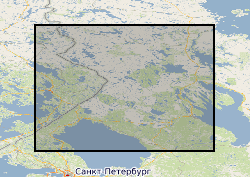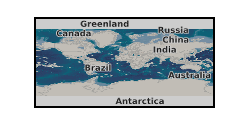Hydrothermal fluids
Type of resources
Topics
Keywords
Contact for the resource
Provided by
Years
Formats
Representation types
Update frequencies
-

Demonstration of hydrothermal ammonium mobilization in the Paleoproterozoic with possible implications for biological productivity. The data include organic carbon and nitrogen abundances and isotopic ratios, as well as metal abundances. Samples span from sedimentary rocks to altered igneous rocks, where lithologies are provided in the CN data file. The N-enrichment in the usually N-poor igneous rocks indicates transfer of ammonium from organic-rich sediments and can be used to estimate the ammonium concentration of the hydrothermal fluid at the time of deposition. More details are provided in Stüeken, E.E., Kirsimäe, K., Lepland, A. and Prave, A.R., 2023, Astrobiology, 23(2), pp. 195-212.
-

Supplementary material received relating to the following papers: Metal complexion and ion hydration in low density hydrothermal fluids: Ab initio molecular dynamics simulation of Cu(I) and Au(I) in chloride solutions (25-1000°C, 1-5000bar) http://dx.doi.org/10.1016/j.gca.2014.01.033. Zinc complexion in chloride-rich hydrothermal fluids (25-600°C): A thermodynamic model derived from ab initio molecular dynamics. http://dx.doi.org/10.1016/j.gca.2014.09.023. Speciation and thermodynamic properties of zinc in sulphur-rich hydrothermal fluids: Insights from ab initio molecular dynamics simulations and X-ray absorption spectroscopy. http://dx.doi.org/10.1016/j.gca.2016.01.031.
 NERC Data Catalogue Service
NERC Data Catalogue Service